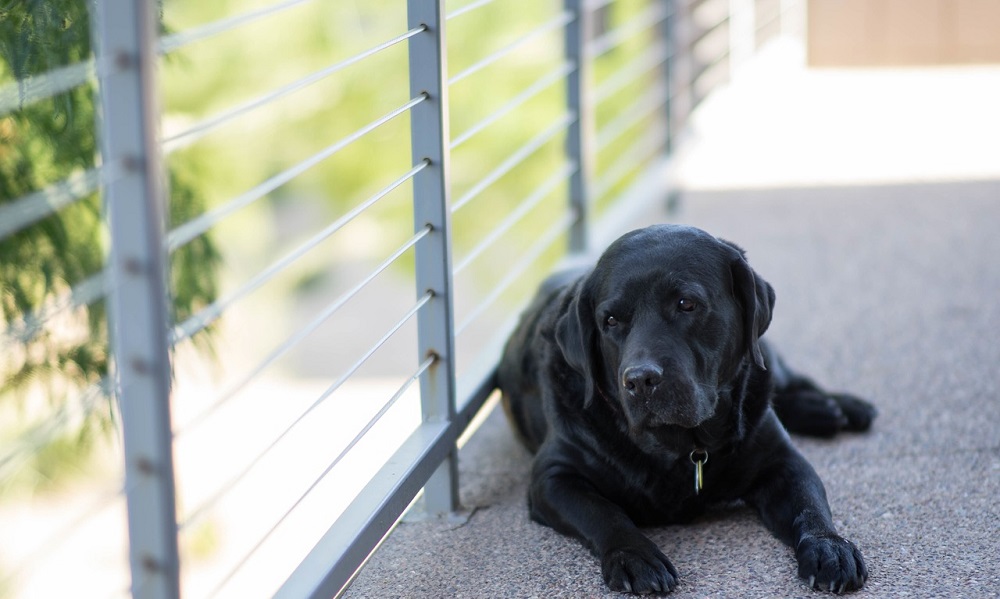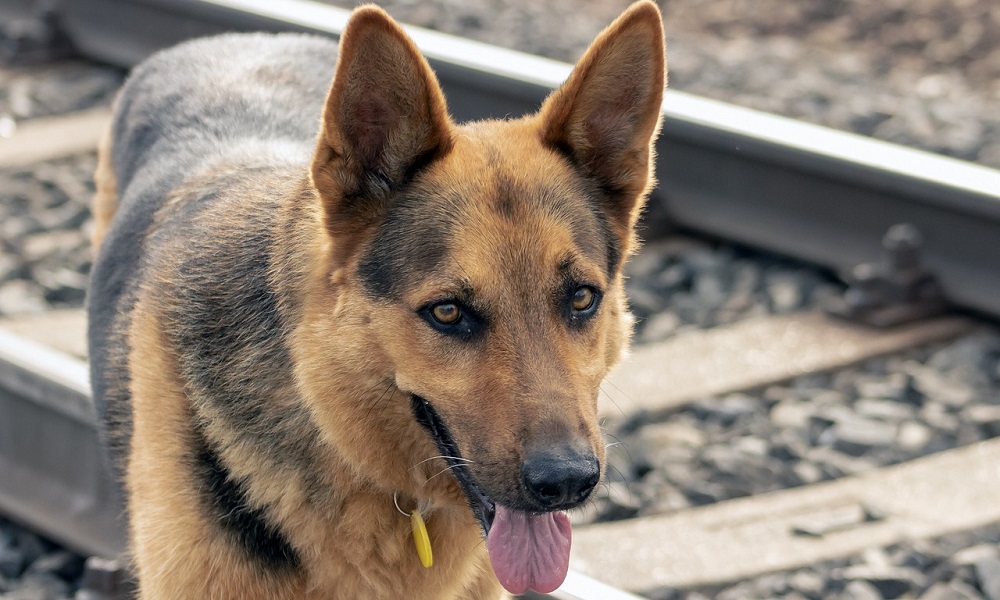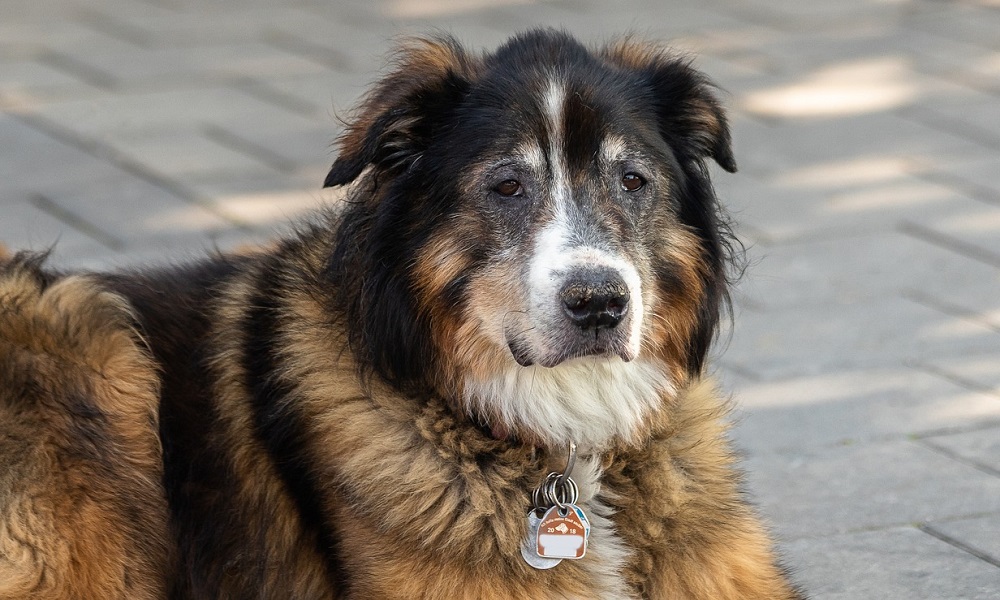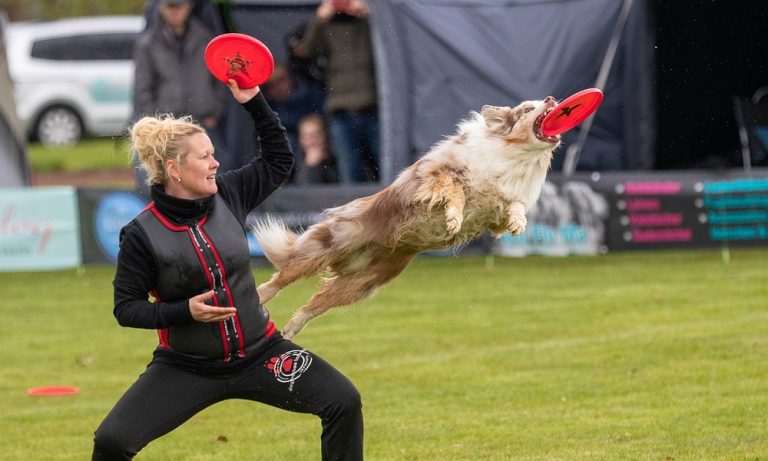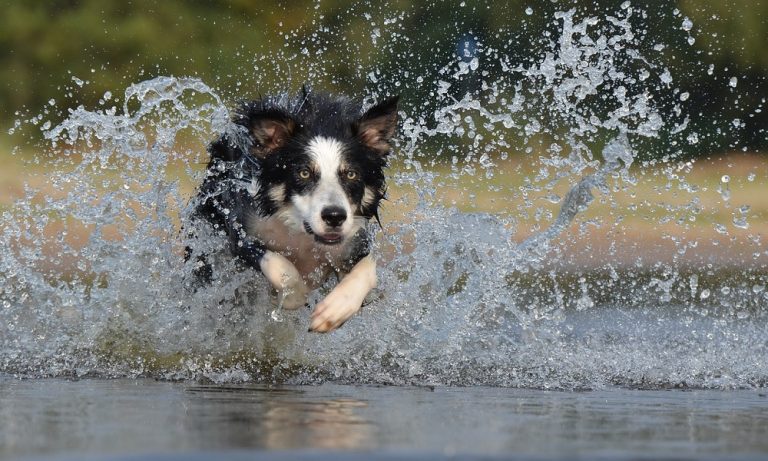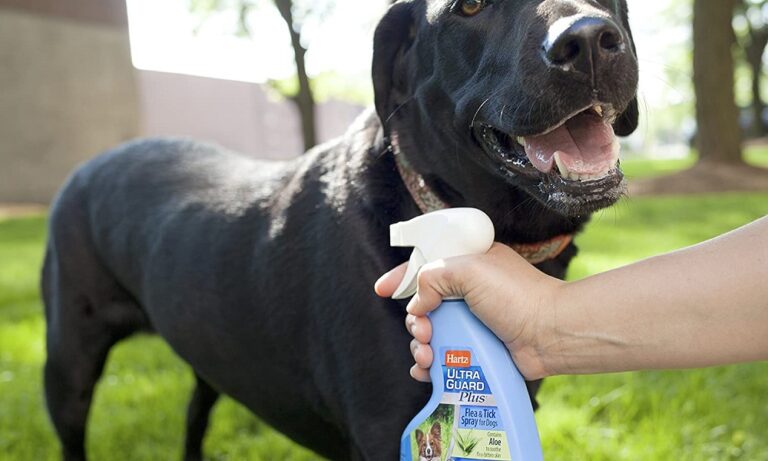How to Put Dog Tag on the Collar
As pet parents, we love our dogs and want to keep them safe no matter what. Losing a dog is something we all want to prevent.
Pet parents spend their money and effort by getting their dog microchipped, trained, and protected. One of the old-school ways of preventing your canine from getting lost is using an identification tag.
A dog collar performs multiple tasks, and by adding a tag to it, you can increase its usefulness. These are available in numerous shapes, sizes, and materials.
With the right choice, the collar tells that the dog has a family and a home to return to. It also allows any person who finds your pet with helpful information to return the dog.
We will talk about the sizes, shapes, ideal materials, and how you can easily attach a tag to any regular collar. These can be attached to most of the collars. We will share helpful tips and proper ways of using to get the maximum benefits.
Why Is It Necessary to Put a Dog Tag on a Collar?
Dogs need good exercise and regular walks for their healthy lifestyle and energetic routine. Just like we carry around our kids, dog tags or IDs are becoming popular as well.
Other than being a fashionable collar accessory, it may even be required by law in some countries. As mentioned previously, the main purpose of a dog tag is to provide identification to your pet.
Also have useful information like an address and phone number. Adding this can help transform any regular collar into one that shows your pet belongs to a family and also tells how a person can return him.
It can also carry crucial information, including the vaccination of your pet and legally required information like rabies, medical details, registration, etc.
While microchipping a dog is also an option, a stranger may not know how to confirm if your dog has one. In order to get the chip scanned, the dog needs to be taken to a veterinarian.
By simply adding a tag, the person who finds your dog can know the address, your phone number, and even information on whether your pet is microchipped or not.
Getting a tag is easy; however, you need to choose the material and size carefully. The most recommended option is a stainless steel material.
These are resistant to corrosion, and the engraving will not wear out soon. Many brands offer double-sided design, and you can get around three to four lines of text on each side.
The information should be concise and accurate, including your address, contact information, your pet’s medical details like vaccination and registration. Once you have the tag, now you just need to know how to attach it with a collar.
How to Attach Tags onto Dog’s Collar?
These can be attached using S-hooks and split rings; however, all dog tags do not come with these. In some cases, you may need to purchase the rings separately.
Other than the split rings, you can also use a clip. For proper attachment, you will need pliers or nose pliers to be more specific, your canine’s collar, a tag, D-rings, Split rings, and S-hook or clip attachment.
Following is a list of steps you can follow to firmly attach to your canine’s collar.
Step 1: Take off your pet’s collar and spread it horizontally. While it is certainly possible to attach a tag while your pooch is still wearing the collar, it can be difficult for you and uncomfortable for your pet.
Dogs simply do not like to stay still for long; therefore, if you want to do a satisfactory job of attaching the tag, it is best to remove it from your pet first.
If you prefer putting this on without removing the collar, then ask your pet to sit and face him from the front.
Step 2: Next, you will decide where the tag goes. Dog collars come in multiple types, and not all are compatible with engraved tags. Choke collars consist of a chain and two loops.
This type of chain needs to move smoothly for perfect operation. Adding a tag is not recommended because it can get stuck and these collars are not for long-term use, these should be used strictly.
When you are taking your pet out on a walk. If you must attach, then your pet should wear another collar for the tag and leash attachment.
Many of them have D-rings for ID and tag attachments. If your pet’s collar has one, then that is where the metal tag will go.
Do not put this directly on the strap, as it will be really uncomfortable for your pet and will constantly stick to his neck.
Step 3: Slip the tag onto a split ring; the method is pretty simple and just like putting keys in a keyring. These split rings are available in multiple thicknesses, and you should buy one that can easily hold.
Once the tag has been attached to this ring, you can now repeat the method with a D-ring. Some people also consider using an S-hook. It usually comes between the D-ring and the split ring.
S-hooks are used when you have more than one tag. To attach these, open the S-hook on one side, insert the tag with the split ring such that it moves easily.
Close the side firmly using pliers and repeat for the other side with the D-ring. You can also choose to attach the tag using a pet clip. These are even easier to put on, and you will not need to use pliers.
Step 4: Once the tag and the split ring is in place, you can put the collar back on your pooch. Make sure the collar is fit such that you are able to slip in two fingers between your pet’s fur and the collar strap.
If you cannot do that, it means the collar is too tight and will cause difficulty in breathing and movement. It is too loose, your canine might be able to take it off.
Once the collar is secure, you can now take your pet for a worry-free walk. Many pet parents also consider adding multiple tags.
If you intend on doing the same, make sure to get a ring or pet clip large enough for all. When introducing your pooch to a tag, you need to know that when the tag moves and makes noise, your pet may get alarmed at first.
Therefore, it is ideal to put on ID tags after your canine has been collar trained. You can also consider getting a noiseless material like silicon.
When it comes to the info you should put on the tag, consider including an address, an active phone number, and other information like your pet’s vaccination and microchip details.
It is not recommended to enter the pet’s name as it may allow the wrong person to lure your canine.
Benefits of Using Dog Tags on Collar
- Quick identification – One glance at a dog collar with a tag is enough to tell that the canine has an owner.
- Using Id tags is an old-school method that is simple to apply. You can use these no matter the collar type, and the attachment is also easy.
- These made from stainless steel or similar materials tend to last for years without getting broken or lost.
- With the right material, a single engraving can last multiple years, remaining legible and providing your pet with protection and identification.
- A tag allows the quick return of your pet if he ever gets lost. When there is a lack of information, some dogs are taken to pet shelters or adopted; this can be avoided using collar tags.
- These are cute and fun to customize. While this may not be the original purpose of a tag, you can find these in multiple materials, colors, and cute shapes like flowers, paws, dog bones, and more.
- If you have multiple tags, including registration, vaccination, and rabies, and identification, then consider using an S-hook.
- Slide all tags in the hook, secure it, and then put the S-hook onto the D ring of the collar strap. This is done to avoid cluttering your dog’s collar and still keep all your pet’s crucial information in one place.
Conclusion
Getting a collar tag for your pet is inexpensive, convenient, and really useful. Attaching tags to your pet’s regular collar is simple; you can use an S-hook or a split ring to attach the ID to any collar.
It will carry your pet’s details. This way, even if your pet gets lost when outside, someone will be able to contact you quickly. Lastly, dog tags are safe.
Just how a collar is crucial for your pet’s safety, a tag can make it even safer. While putting on a tag, make sure the collar is a nice fit, and the material is one that does not disturb your pet.
If your canine is sensitive to sound and does not like the constant jingle of the metal, consider getting an engraved silicon tag. These are lightweight, durable, and also noiseless.
